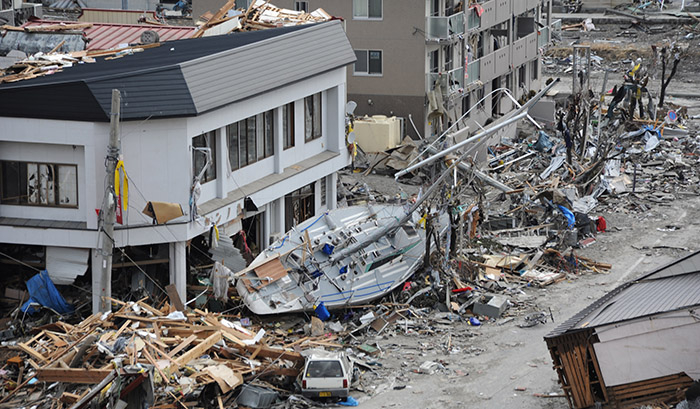Earthquakes can change the elastic properties of the earth’s crust up to 6,000 kilometres away, altering its ability to withstand stresses for a few weeks, a new study has found.
The research demonstrates earth is a dynamic and interconnected system.
“Earthquakes can fundamentally change the elastic properties of the earth’s crust in regions up to 6,000 kilometres away,” said Kevin Chao, a post-doctoral member of the Massachusetts Institute of Technology’s Dept. of Earth, Atmospheric and Planetary Sciences. He also is a member of a research team led by Andrew Delorey at Los Alamos National Laboratory.
Mr. Chao said earthquakes can alter earth’s ability to withstand stresses for a few weeks.
When a surface wave from an earthquake some ways off passes through another fault region, said Mr. Chao, it changes the balance between the frictional properties. Those keep the surfaces locked together, the elasticity that allows the crust to withstand strain, and the stress state that can cause it to fail.
Mr. Chao said that “when surface waves pass through, all of these properties rearrange and change. If a fault with high stress is ready to fail, it will accumulate more stresses in the fault. That means an earthquake could occur at any time.”
The new research found that the two triggered quakes with a magnitude greater than 5.5 were part of a cluster of activity in the area in the days after the Indian Ocean event.
“When the Indian Ocean earthquake occurred,” said Mr. Chao, “the surface wave passed through the northeast of Japan. Then the seismicity in the region was suddenly triggered.”
This region of the earth’s crust was already critically stressed following the major Japanese earthquake of 2011.
Additional stress was enough to trigger another cluster of earthquakes.
When a fault fails and an earthquake occurs, it pushes into the neighboring region. This reduces the available space and compresses the crust in this area.
Researchers sought signs of compressive stress in this region of Japan following the Indian Ocean earthquake. They found indications that cracks in the rock under the Japanese mainland were closing as a result of compressive stress, increasing the sheer strength of the crust.
Mr. Luther may be contacted kurt.luther@m1.shaperesearch.info

